The arts in Switzerland: what to watch for in 2022
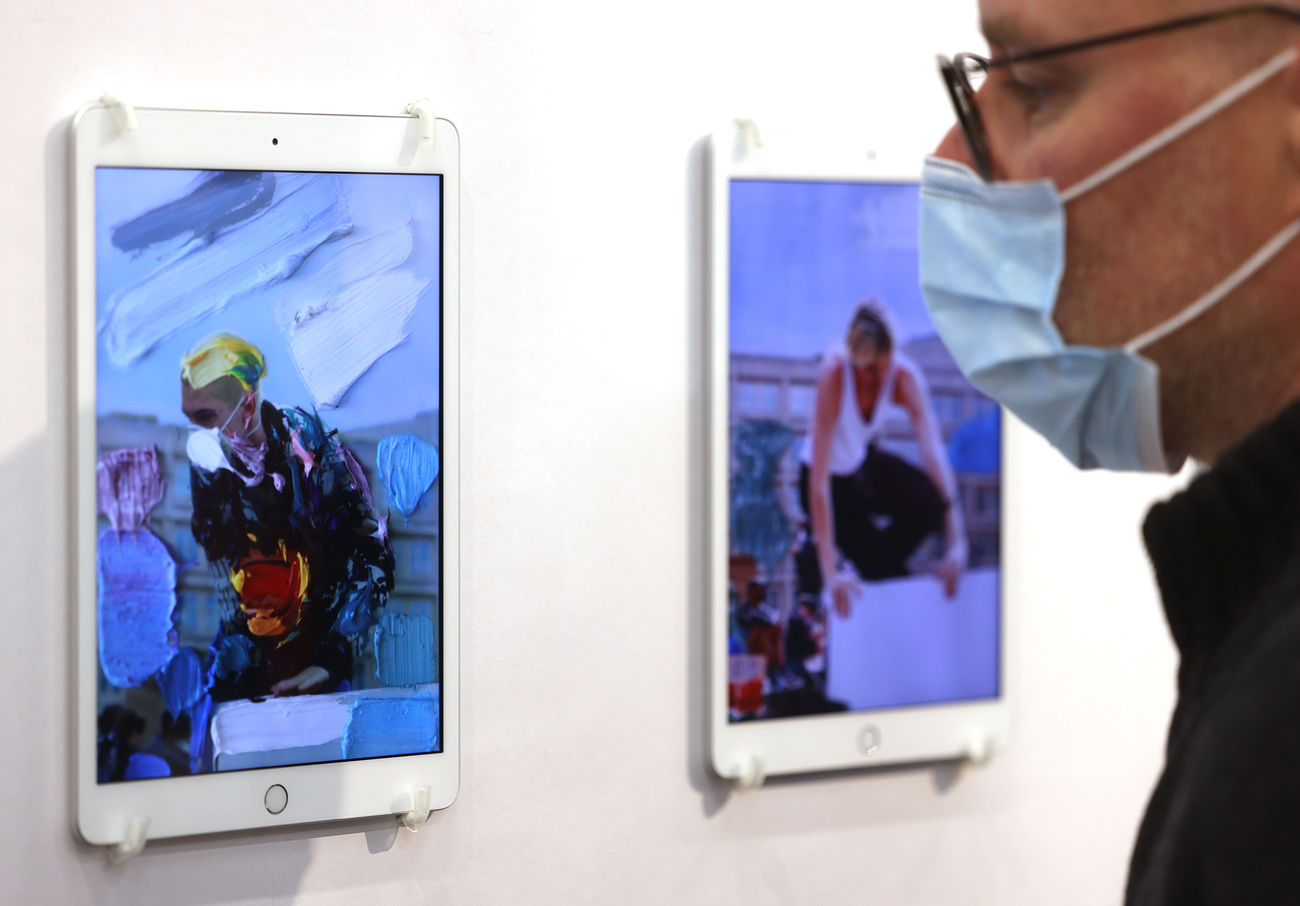
This second year of the Covid pandemic is still impacting arts and culture. But while artists, museums and performers are struggling to keep afloat amidst ongoing safety measures, the art market is thriving. The reason can be summed up in three letters: NFT.
Non-fungible tokens (NFTs), blockchain, cryptocurrencies, crypto-mining. As 2021 comes to a close, this is what the financial world is talking about. Economists are busy scripting what the post-pandemic world will look like and the potential impact of what has been hailed as the next revolution in banking.
The discussion has now spilled over to the art world: artists, gallerists, art dealers, and curators are also trying to make sense of this new technology and how it will impact their market.
If it all sounds too abstract for you, don’t worry. Digital art in a digital market is not as complicated as it seems. By next year it will all be mainstream talk. My colleague Matthew Allen has written a short introduction for those that want a better understanding of NFTs.
The point is that deals in NFTs have reached the billion-dollar mark in the last few months, with some works being auctioned for tens of millions of dollars. It’s true that most of it is simple speculation, a casino of sorts; the values of the works are linked to the erratic fluctuations of the crypto currency market. As more and more investors follow the herd, looking for outstanding profits overnight, it is also probable that this bubble may burst next year.
Nevertheless, it doesn’t mean that NFTs are just hype. The phenomenon has created a new environment in the art world; one that promises to be potentially more inclusive, as it devolves more control to the artists over their work — and more royalties in their bank accounts.
Over the last half century, the art market has evolved into an elitist circus which travels from art fairs to galleries and auction houses. The artists themselves have been relegated to the status of “supporting actors” at best, having to cope with a system where the value of their artworks is completely out of their hands. This picture is even bleaker for budding artists working outside the “system”.
NFTs, however, are a game-changer in this aspect. Artists can deal their works directly on platforms such as OpenseaExternal link without having to sell through an intermediary. More importantly: blockchain technology enables them to get paid should their work surge in the secondary market. This is a big change from the traditional marketplace, where the artist reaped little benefits from the resale of their work.
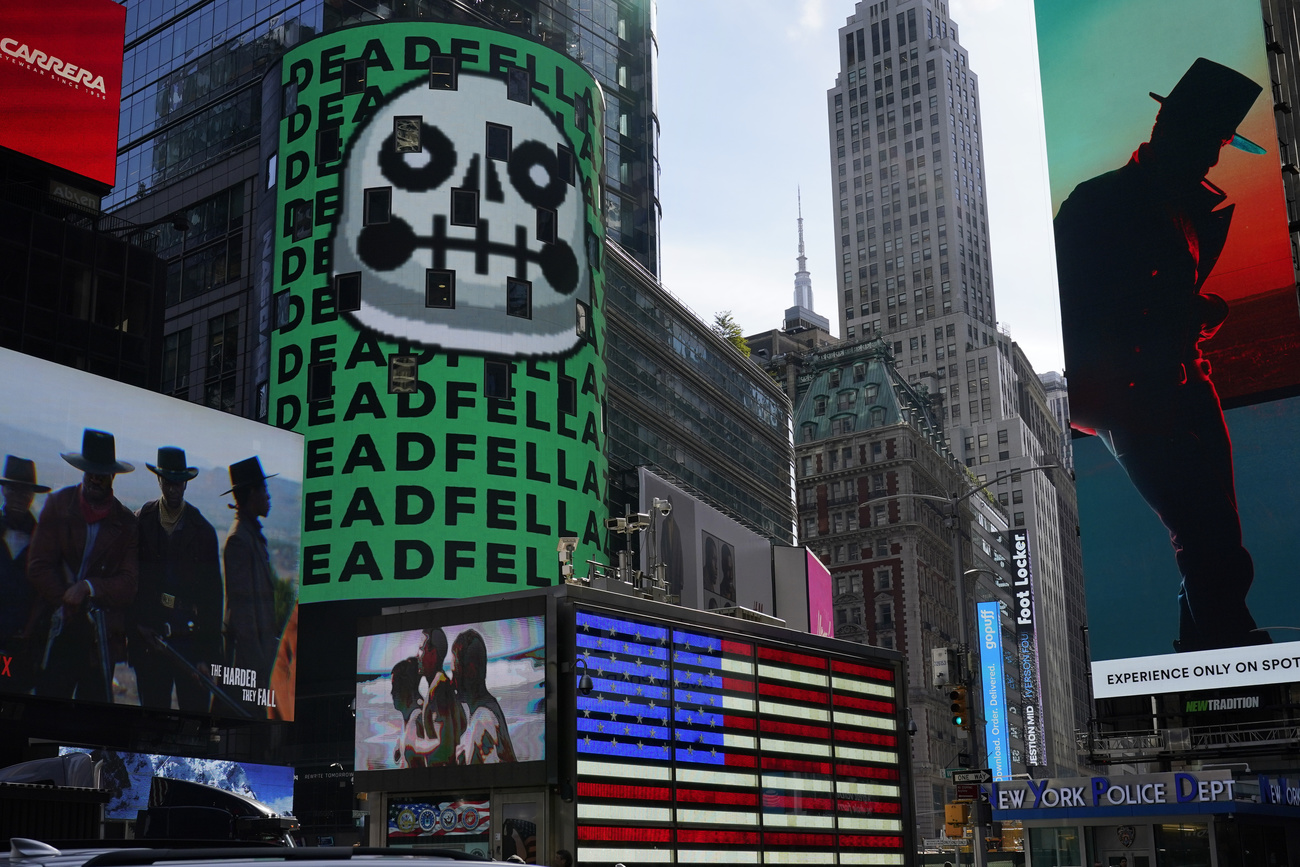
Even established artists like the Swiss Pipilotti Rist are considering changing the way they market their wares. She recently posted an announcement looking for an assistant to deal specifically with NFT technology.
This explains in part the ambiguous reactions of galleries to the new trend. Some of them, like the Zurich-based Peter Kilchmann, are still reluctant to deal with NFTs, while others, like Pace (New York) or Nagel Draxler (Berlin), are trying to redefine their roles in the digital world.
The NFT platforms offer new options for artists in the same way that social media broke the monopoly of public discourse, traditionally in the hands of the “legacy media”. The profile of the new digital collector is a young, digital native who fully masters the ins and outs of the crypto business. And since the scope of investments with crypto currencies is still limited, NFTs are a logical choice for this new class of crypto-millionaires.
Of course, you can’t hang an NFT on the wall (maybe on a screen). But NFTs as a new arts paradigm erase the costs of storage and insurance, which usually inflate exhibition budgets and maintenance costs for institutions and private collectors.
Beholder beware!
Switzerland is not too late External linkto surf the wave; on the contrary. The Alpine country is seriously engaged in efforts to clear the way for better regulation of digital currencies like Bitcoin, and certainly eyeing NFTs in the future as well.
In September, Switzerland’s stock exchange SIX won regulatory approval External linkto launch a digital stock exchange called SIX Digital Exchange (SDX)External link, which could be a step towards the creation of a global network of digital asset trading.
On the other hand, this brave new world is not totally safe, despite the guarantees supposedly granted by the blockchain signature. According to SWI swissinfo.ch fintech journalist Matthew Allen: “If done badly, NFTs are a nightmare. If done well, they have potential for positive outcomes. The emerging tech is experimental, fast paced, and currently led by hype – a toxic combination.”
VulnerabilitiesExternal link in the main platforms and so-called “rug pulls”External link demand extra attention from investors. These are malicious maneuvers where crypto developers abandon a project and run away with investors’ funds. Meanwhile authorities are concerned that the NFT boom can also open novel ways for money laundering and tax evasionExternal link.
2021 was the year in which the impact of NFTs was felt overall in the art market, as visitors to the main arts fairs, notably Art Basel in summer and Art Basel MiamiExternal link in autumn, could attest. However, it is still not clear how they will impact art making itself. The question is still up in the air and the way the artists will respond to the trend is something to be watched closely in 2022.
Restitutions
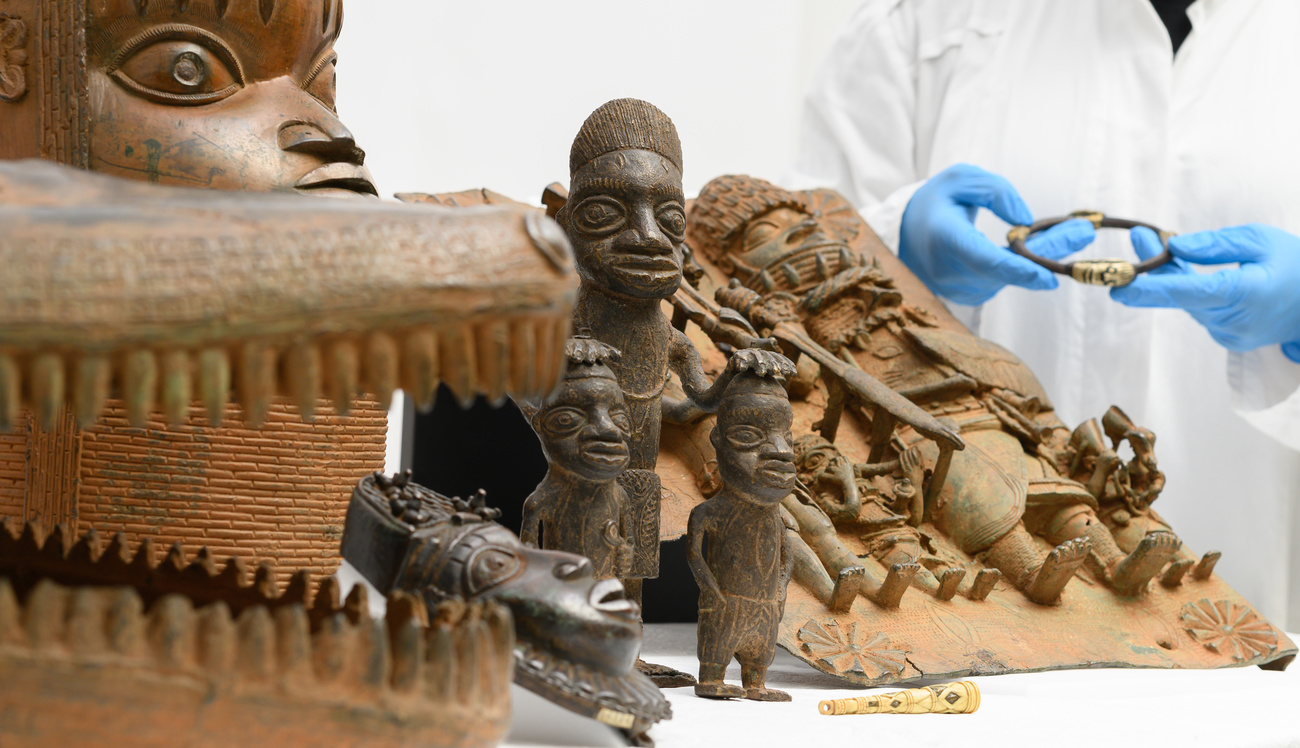
2021 also saw a big leap in the long-running discussion on the restitution of artworks looted by former colonial powers; most of which are still in the collections of main Western museums and art institutions.
This year, museums in the United KingdomExternal link, GermanyExternal link and France External linkhave already restituted the first batches of works devolved to their original countries.
Even though some influential museum directors, such as Annette Bhagwati (Rietberg MuseumExternal link, Zurich) and Marc-Olivier Wahler (Geneva Art and History Museum), have expressedExternal link an open disposition to return looted art to their homelands, Switzerland has managed to keep a certain distance from the colonial brouhaha.
The main institutions of the country are still coming to terms with an even older topic, namely the question of Nazi-looted art. 2021 was marked by disputes around the new building of the Zurich Art Museum (Kunsthaus) displaying works from the toxic Bührle Collection. The Bührle Foundation is still resisting cooperation with the establishment of an independent commission of historians and experts to re-assess the provenance of the artworks.
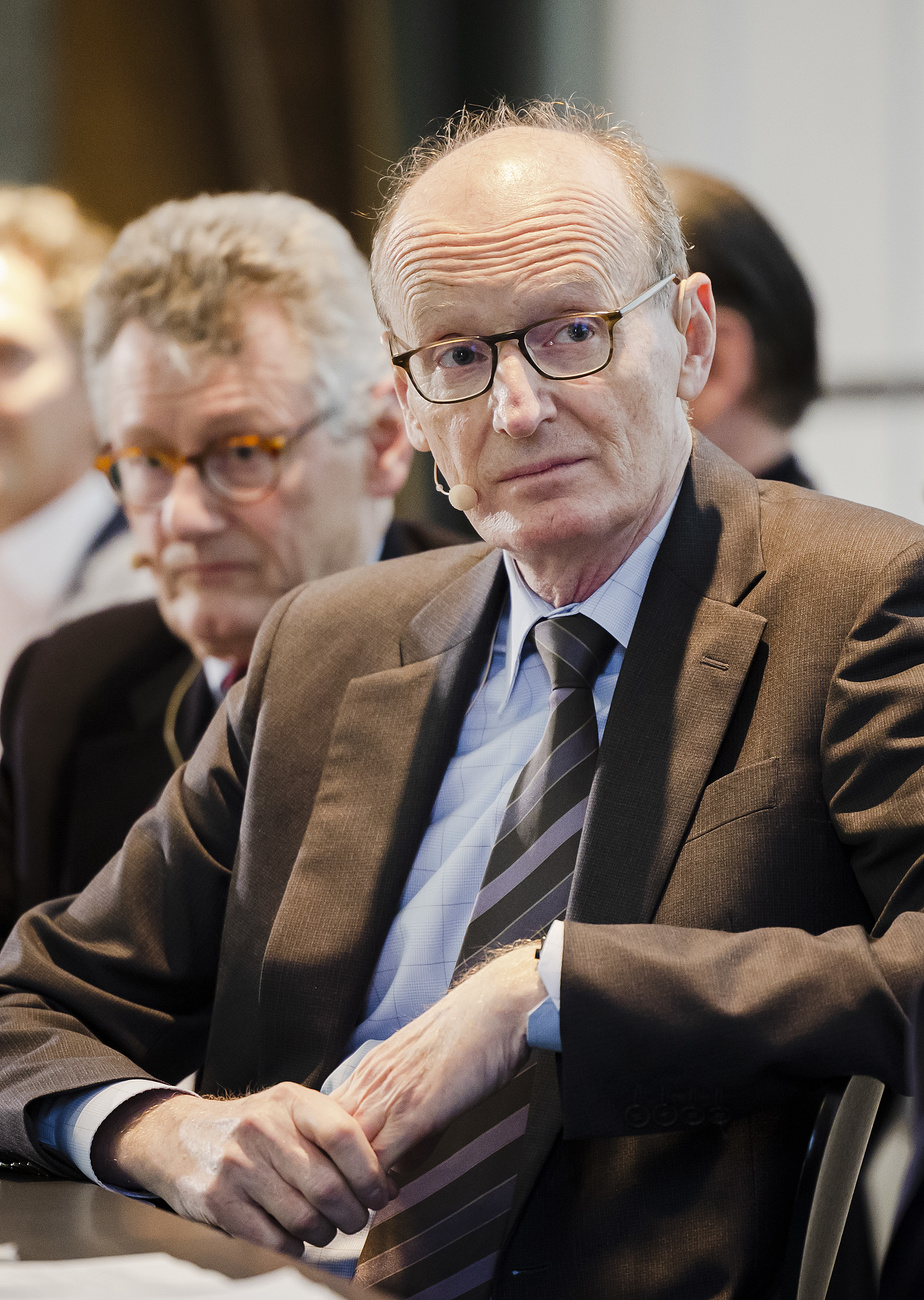
As the historian Erich KellerExternal link noticed in the latest press conference on the issue, the main message was given not by the museum but by the attorney Alexander Jolles, president of the Foundation. According to him, “looted art, flight property or loss of assets due to Nazi persecution: these are merely terms coined by historians. They have nothing to do with legal facts.” The Jewish community was not exactly impressed by these rhetorical acrobatics; the Swiss-Jewish artist Miriam Cahn has since decided to pull her works out of the Zurich Art Museum.
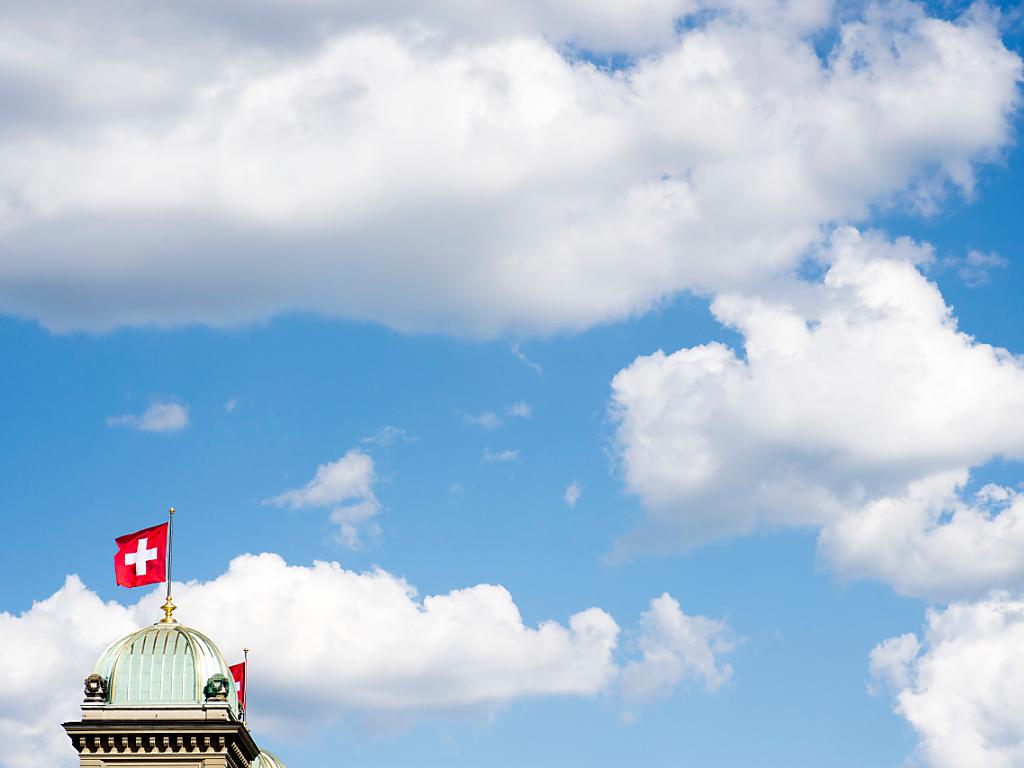
More
2022: Switzerland in search of itself
Meanwhile, the Bern Fine Arts MuseumExternal link, depositary of the bulk of the Gurlitt Collection and working on issues of provenance for some years now, took a completely different stance. Late 2021, it decided to restitute two paintings by Otto Dix to the families of their original owners even before a verdict on whether they were looted or under duress was issued.
In the fall, the Cornelius Gurlitt Legacy is having its first comprehensive presentation in the museum. The museum reiterates its policy of “taking stock and accompanying the definitive acceptance of the works with an exhibition. It addresses the challenges for a museum in response to the legacy of an art dealer from the time of National Socialism, as well as the ethical questions that this involves.”
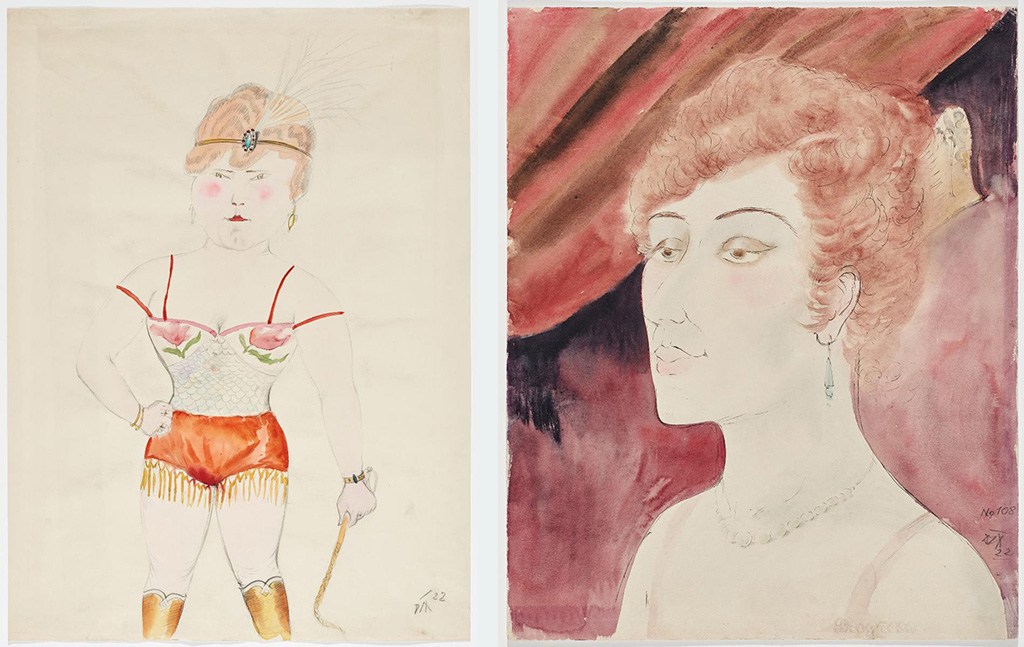
If the virus permits…
This topic will certainly not subside in 2022 and will remain one, among many, that SWI swissinfo.ch will be following carefully. Another, will be the future of performing arts and cinema in pandemic times.
Last but not least, the new year will also bring – pandemics permitting – two of the most important shows in the arts circus: the Venice Biennale (April 23 to November 27) and the Kassel documenta in Germany (June 18 to September 25).
The Swiss participation in Venice has developed quite a remarkable reputation, and this year the national pavilion is in the hands of the French-Moroccan artist Latifa EchakhchExternal link, who lives in Fully in southwestern Switzerland.
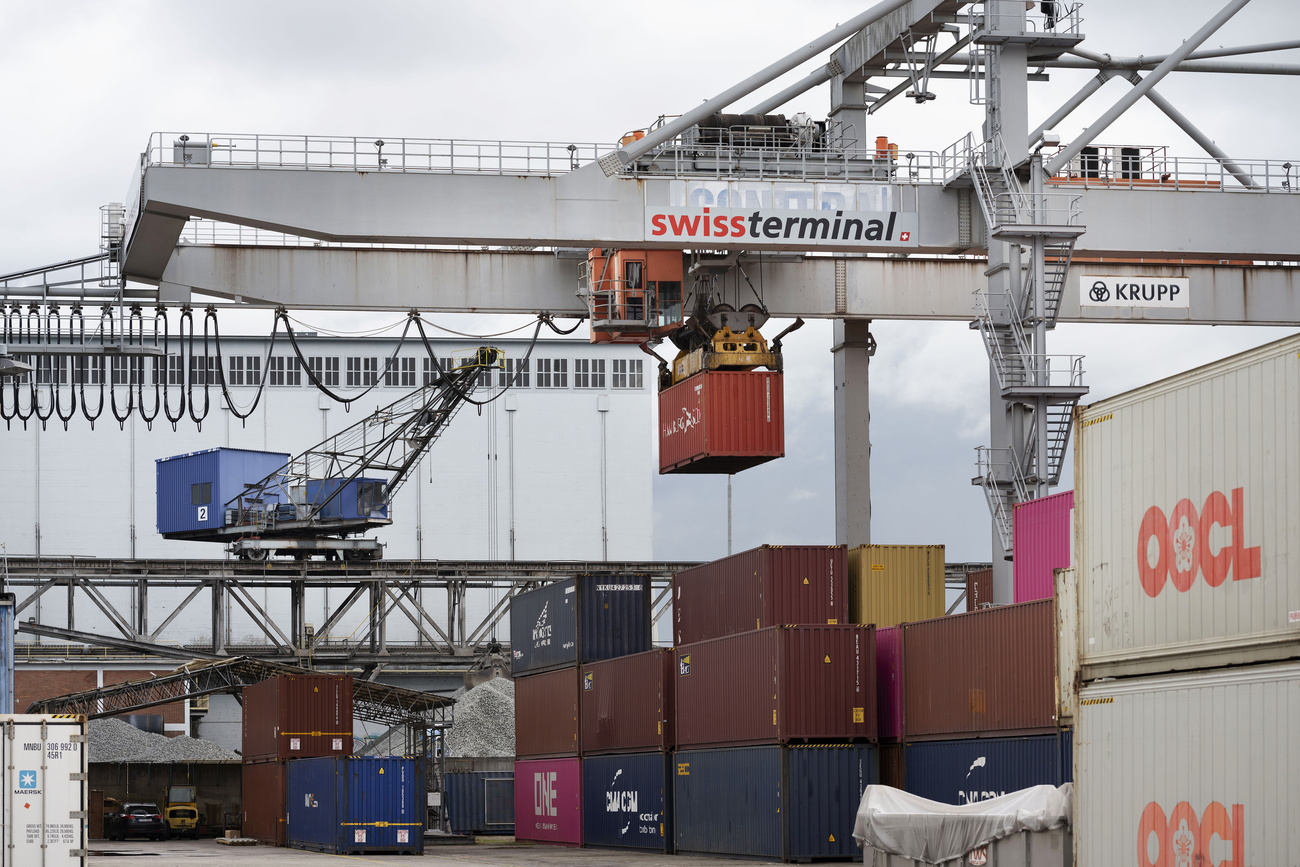
More
Switzerland’s economic outlook for 2022: what lies ahead
As for the documenta fifteenExternal link, the main highlight is the curatorial team itself, the Indonesian collective ruangrupaExternal link. This marks a bold rupture with the documenta model, whose artistic direction has been historically male and European, with only three women to record: namely, Catherine David (France, in 1997), Ruth Noack (Germany, co-curator with Roger Buergel, 2007), and Carolyn Christov-Bakargiev (Italy-US, 2012).
No particular Swiss participation has been yet announced, but the new editorial line adopted by the event will certainly provoke waves in the ongoing quest of Western institutions, including of course the Swiss ones, for new inspiration and methods that may finally purge the art world of the stains of colonialism, imperialism and eurocentrism.

In compliance with the JTI standards
More: SWI swissinfo.ch certified by the Journalism Trust Initiative
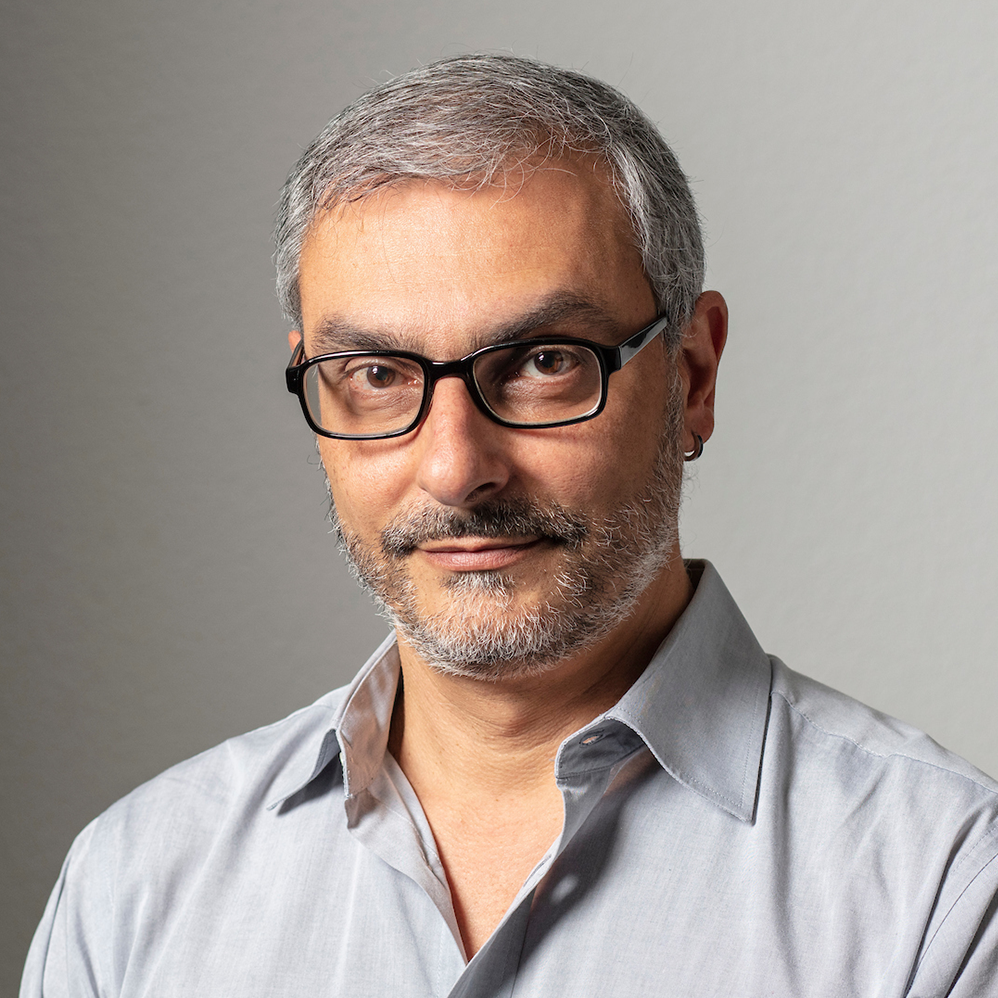

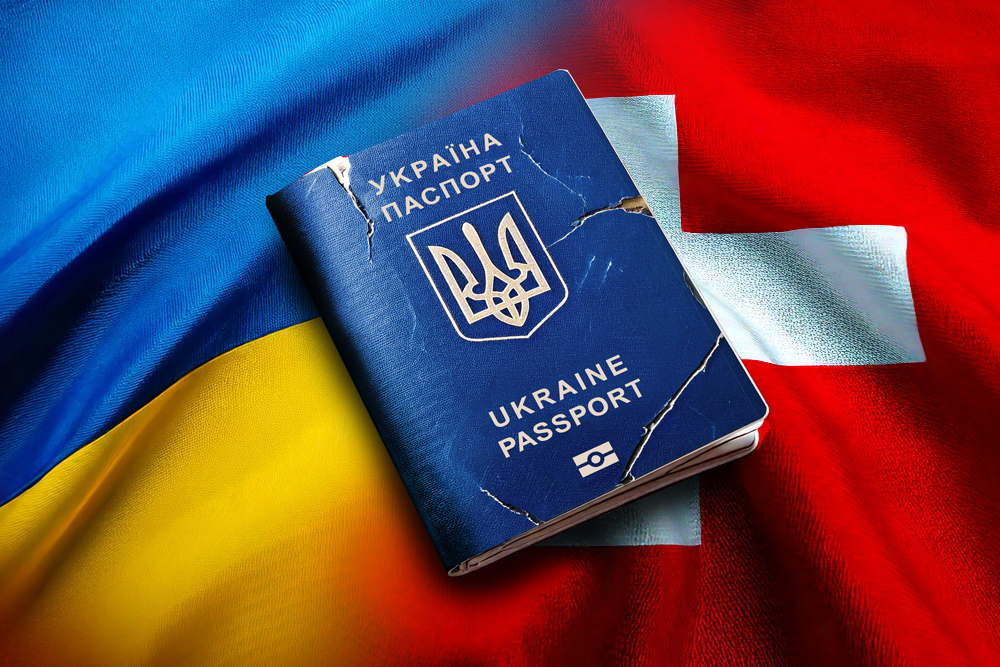
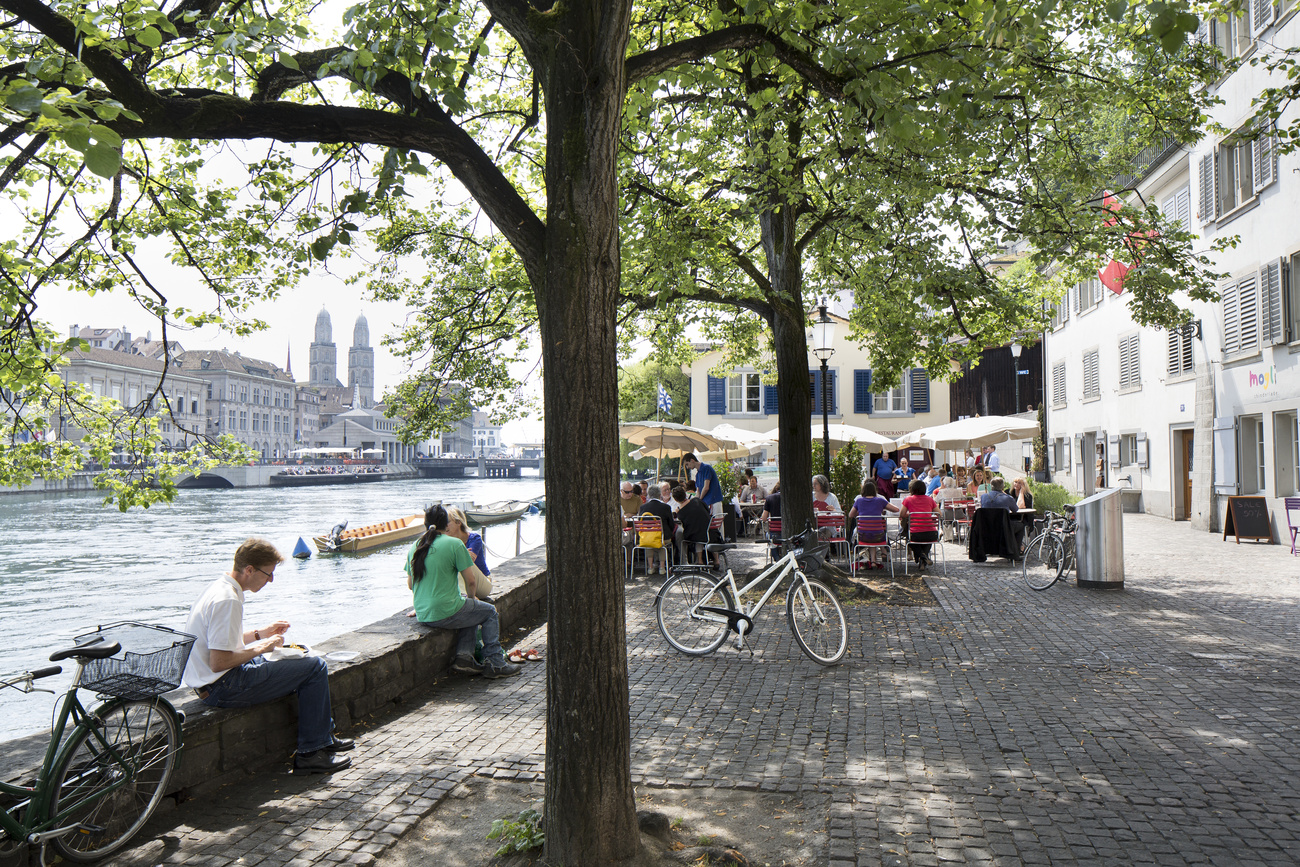






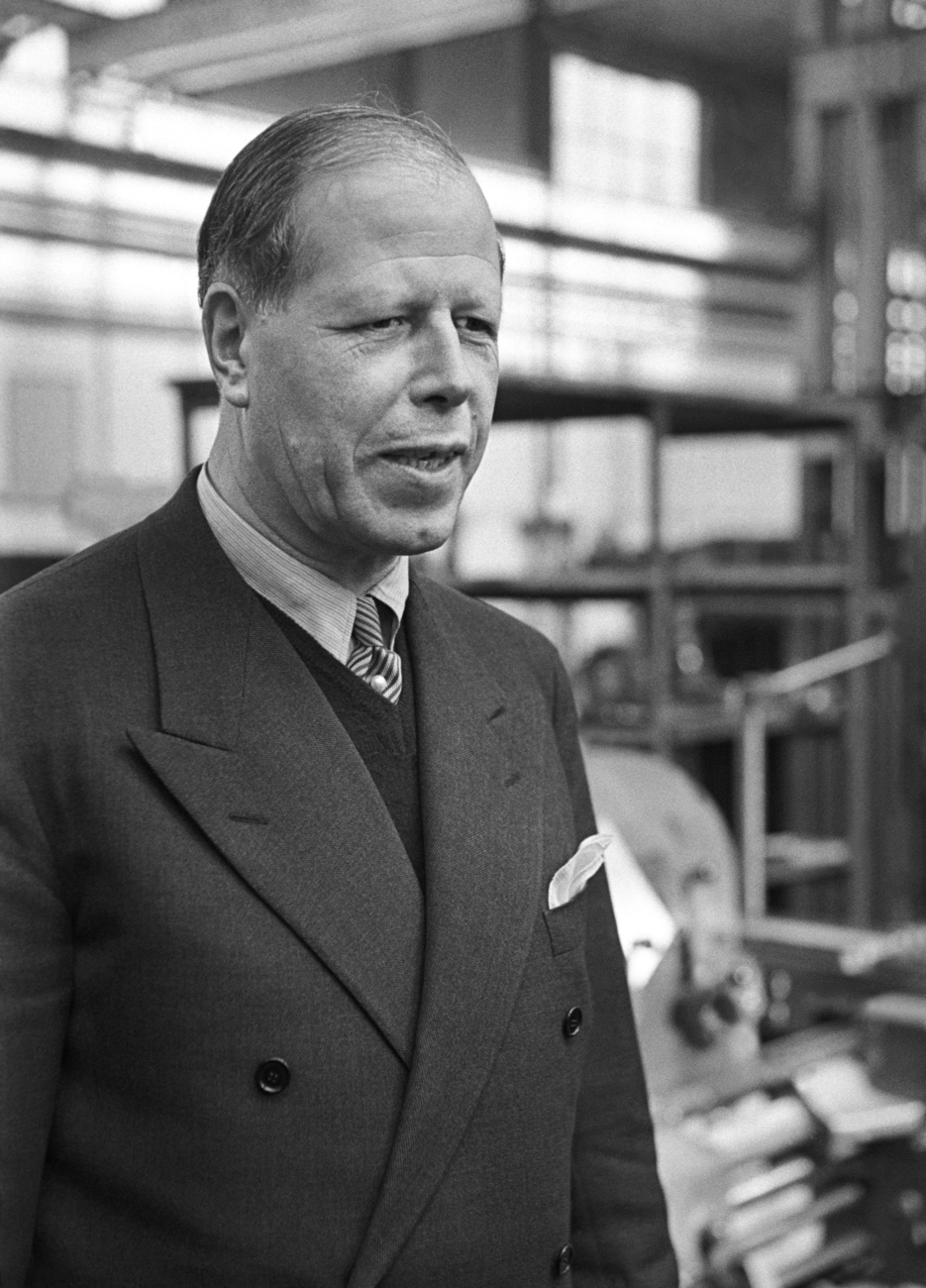

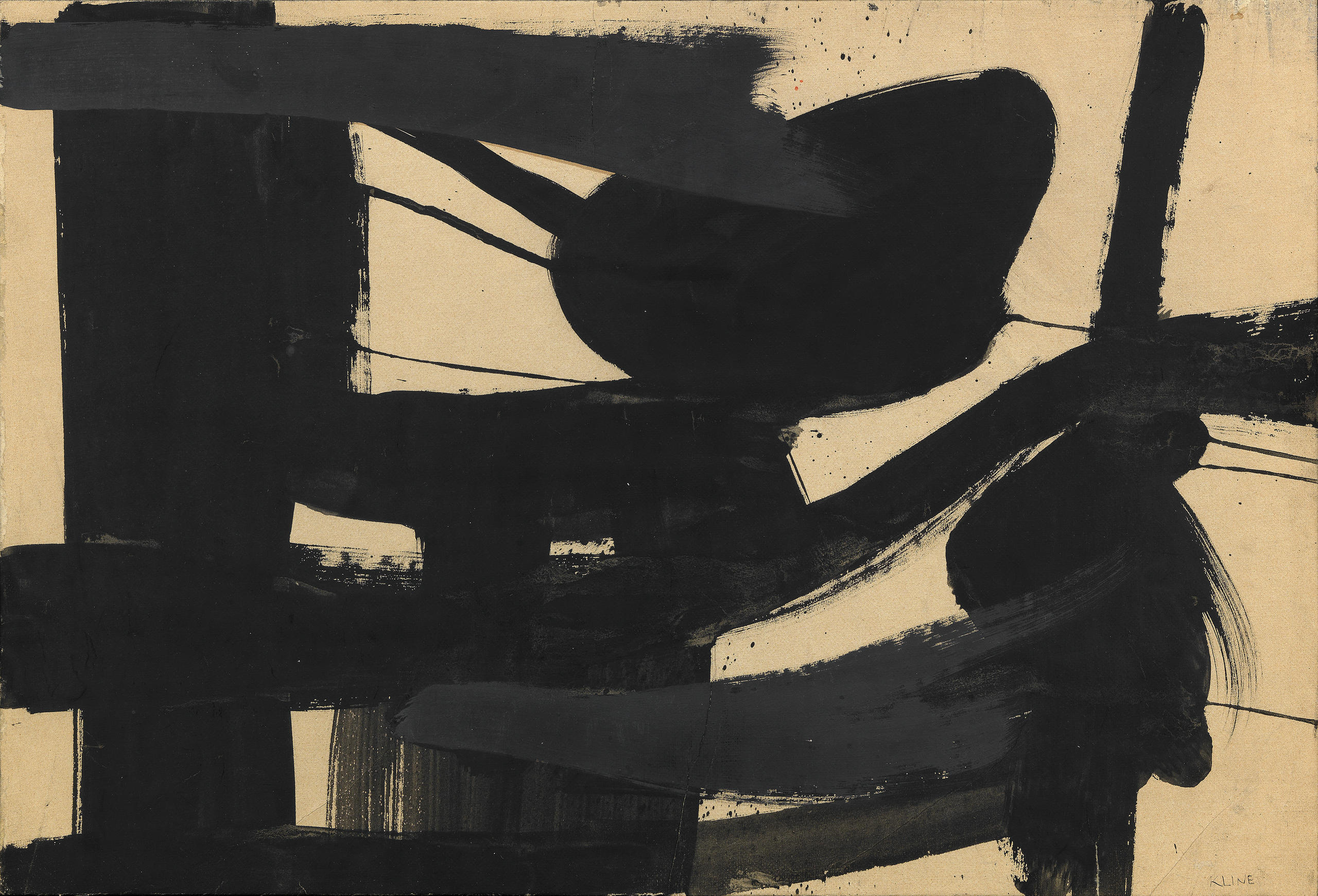
You can find an overview of ongoing debates with our journalists here . Please join us!
If you want to start a conversation about a topic raised in this article or want to report factual errors, email us at english@swissinfo.ch.